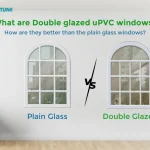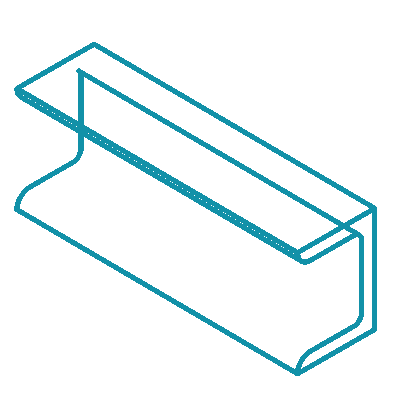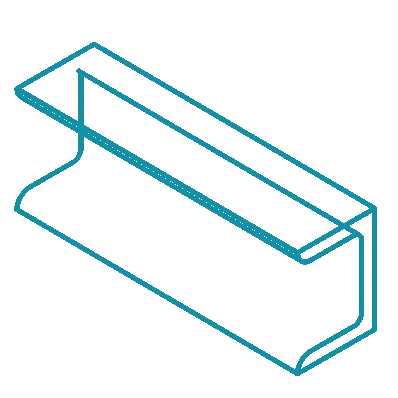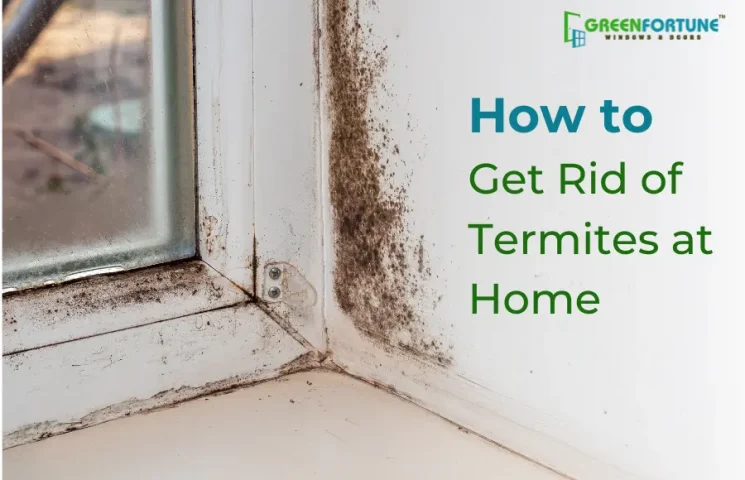
Add elegance to your entrance with the uPVC arch doors.
October 22, 2024
Understanding Double Glazed uPVC Windows and Their Advantages Over Plain Glass Windows
October 23, 2024Termites are one of the most destructive pests and can invade the home. These are small insects inflicting huge termites wood damage to constructions made of wood in the house, such as furniture and other wooden buildings. As such, proper know-how in eliminating these termites effectively will be of the essence for any homeowner.
Well, this blog post more or less gives the basic guidelines for fighting home termites, as well as the signs of invasion, types, and measures to conduct treatment.
Table of contents
- Understanding Termite Infestations
- Types of Termites and Their Habits
- Effective Methods for Termite Treatment: Termiticides and baiting systems
- Natural Remedies and DIY Solutions
- Preventing Future Termite Infestations
- When to Call for a Professional Pest Control Service
- Discover GreenFortune, Your Partner in Quality uPVC Windows and Doors
- Frequently Asked Questions
Understanding Termite Infestations
Termites are social insects that colonize and feed on cellulose found in all kinds of wooden, paper, and other kinds of plant material.
Termite insects look almost like ants and are widely misunderstood for ants. However, this group of insects actually belongs to another kind of pest category, and they have peculiar behaviour and all their own physical characteristics.
A termite infestation such as this can go undetected for years, and long before it becomes obvious, destructive damage will already have been done to its existence.
Therefore, early detection of infestation is the most essential in preventing this from occurring.
Types of Termites and Their Habits
There are a variety of termites, but the three major kinds that infest homes are subterranean, dry wood, and damp wood termites.
Subterranean termites nest in the ground and can do damage to, building mud tubes to get to wood.
Drywood termites do not need a connection with the soil, tending to attack dry wood such as furniture or framing.
Damewood termites infest moister wood and are not as commonly encountered in homes as other species, to which similar amounts of harm can be done.
Knowing what type of termites are infesting your home is important in choosing a proper treatment method as subterranean termites, and their treatment methods differ from dry-wood termites mainly because they burrow and stay below ground.
Effective Methods for Termite Treatment: Termiticides and baiting systems
Termite eradication encompasses the implementation of treatments and practices to continuously reduce the chance of re-infestation.
One of the most widely practiced methods of treatment is soil-applied liquid termiticides.
These are chemical soil barriers created along the foundation of a structure and work by killing most of the time the termites that touch or cross the treated soil.
Since subterranean termites live in the soil, they are found there; hence, liquid termiticides press on them hard.
Another form of treatment that is also very effective includes the use of baiting systems.
There are bait stations with poisoned material put at various parts of a house.
These bait stations are placed strategically to lure the termite to eat whatever it could contain comprising that poisoned material. When the termite feeds on it, that makes it head back to its nest.
This type of eradication eventually reaches the entire termite colony over a period. It is not as invasive as liquid termiticides and can be especially beneficial in fighting subterranean termites.
Natural Remedies and DIY Solutions
Along with professional treatments, several natural and do-it-yourself remedies are also recommended for homeowners to use in the fight against termite infestations.
One fairly traditional natural solution to termites is Nematodes. Nematodes are parasitic microscopic worms that feed on termites.
Nematodes can also be found available for purchase on the internet or in a local gardening retail shop; they are then released in the soil surrounding a home to naturally reduce the termite population.
Another DIY remedy is to use Boric acid, which is a general termites home remedy.
Boric acid is dusted where the do-it-yourself person believes termites are frequent.
It is quite effective in that when it comes into contact with a termite, it kills the termite by disturbing the digestive system. This usually goes hand in hand with other treatments.
Homeowners can control sources of moisture near their homes, eliminate dead wood and other debris, and seal all the cracks and crevices in the foundation and walls; this also helps to minimize termite risks.
Free-of-rhythm inspections, together with maintenance, are the main and only preventable ways of averting a future infestation.
Preventing Future Termite Infestations
Termite infestation prevention involves proactive measures, among them regular maintenance.
Homeowners should ensure there is good ventilation in crawl spaces, attics, and even basements to decrease moisture levels, which could attract termites. Cleaning gutters and directing water away from the foundation helps to reduce the risk of infestation.
Another key preventive process is creating a space or gap between the soil and the wood portions of the building.
This is done by moving firewood, lumbers, and other cellulose away from the foundation of your house.
Checking wooden structures frequently for possible damage and signs of insect infestations could give you ample opportunity to take action early before things go up badly.
When to Call for a Professional Pest Control Service
While natural remedies and do-it-yourself end in a success limited to minor termites, a serious infestation issue can be resolved and managed with assistance from professional pest control services.
They are a hands-on approach for inspections, identifying different termites at your place, and, hence applying the proper treatment plan that will work the best.
Moreover, they offer monitoring and preventive maintenance against future infestation. If you have reason to worry at all that there are termites present in your home, then the best thing to do is to call upon professional pest control for a thorough inspection and consultation. Early intervention will save you from colossal damages, aside from making your home safe and structurally sound.
Also read : How to Get Rid of Mould at Home
Conclusion
Allowing time to pass before acting against the termites could mean extensive destruction of a home. Knowing and understanding the different types of termites, how to detect an infestation, and the treatment methods can help one ensure your windows, doors and furniture don’t get damaged.
Homeowners can destroy termites and decrease reinfestation using professional treatments coupled with preventive methods.
Read more : How uPVC Combination Windows Can Help You Economise on Energy Bills?
Discover GreenFortune, Your Partner in Quality uPVC Windows and Doors
At GreenFortune, we are proud to offer high-quality uPVC windows and doors at affordable prices. We offer and install a variety of window types for all homes with both durability and aesthetics in mind.
Contact us to find out more about the uPVC window design that we offer. Whether you are renovating your existing home or building a new one, partner with us to elevate the comfort levels and energy efficiency in addition to the style quotient of your space provided by our superior-quality uPVC windows.
Frequently Asked Questions
How do termites eat wood?
Termites consume wood by making use of the cellulose it contains. The digestion is enabled by special enzymes and gut bacteria, which break down cellulose into digestible sugars.
They chew up the wood, making tunnels and hollow spaces in the process of consuming wood from its inner part to the outside; often, significant structural damage is caused in the process.
How to fix termite wood damage?
First things first, fixing termite damage to wood requires that you rid your premises of them. Then, after you're certain the infestation is under control, you can begin an assessment of damage.
This may be achieved in minor cases by simply repairing or replacing sections of wood that show damage. If there is extreme damage, entire structural elements might have to be replaced with treated wood or naturally termite-resistant woods. Significant damages should be evaluated and repaired by a professional.
How do you get rid of termites naturally?
Such natural methods for getting rid of termites include the use of nematodes, which are small worms that attack the termite in the soil, and applying orange oil or neem oil directly into the infested areas.
The former will kill them on contact. Also, someone can sprinkle diatomaceous earth all over infested places to somehow hurt and dehydrate termites.
Can termites damage walls?
Yes, termites can easily cause damage to walls, especially if they are made of wood or have wooden components, such as studs and beams. Subterranean termites are known to build mud tubes through walls to reach wooden components.
It's very easy for termites to compromise the structural integrity of the walls, leading to very expensive repairs if they are not taken care of soon enough.







